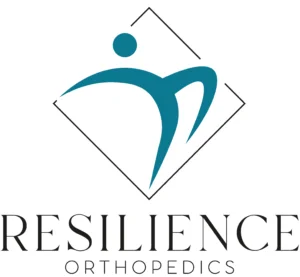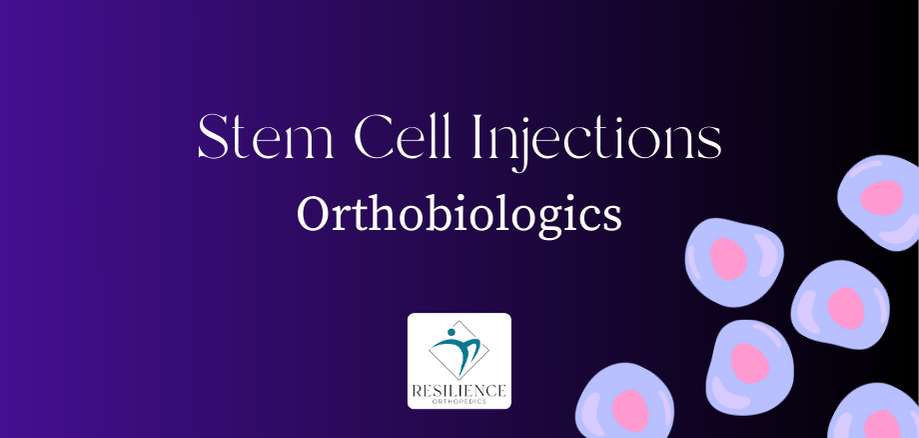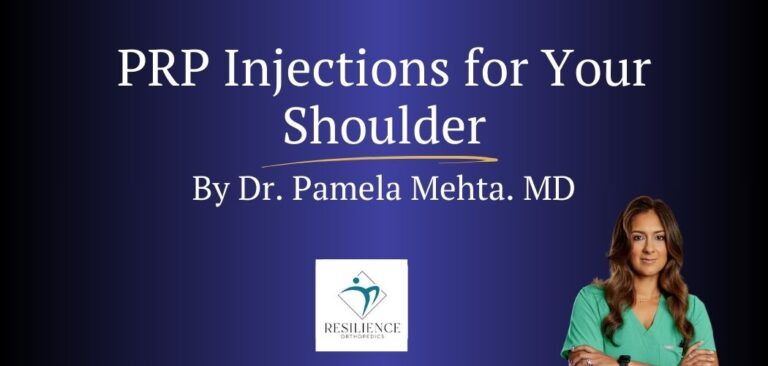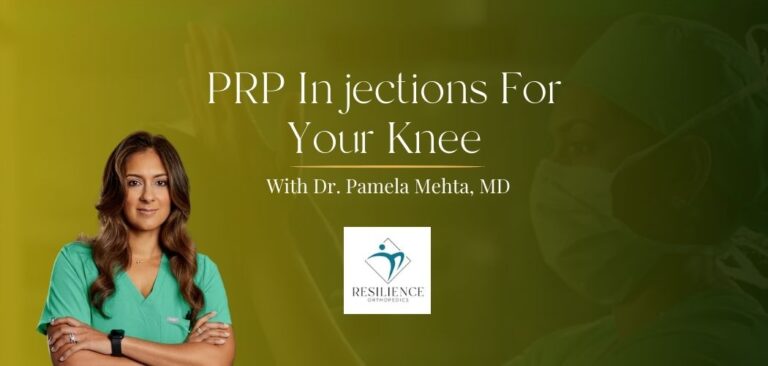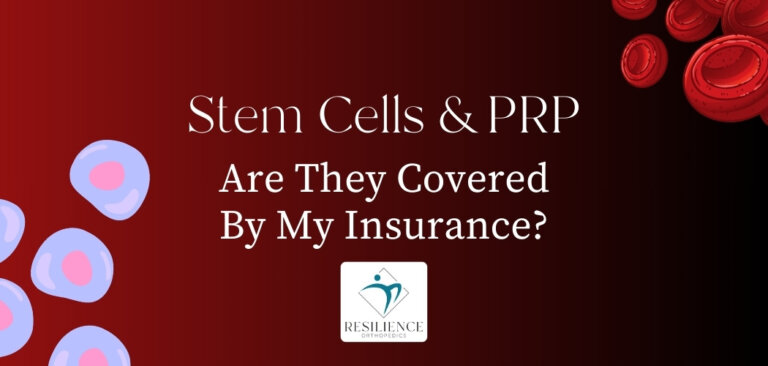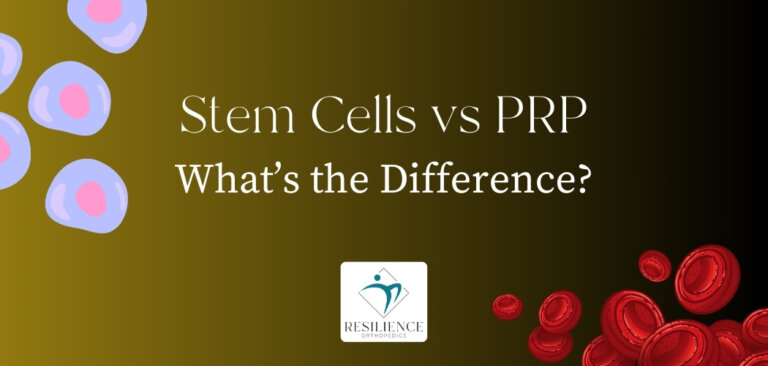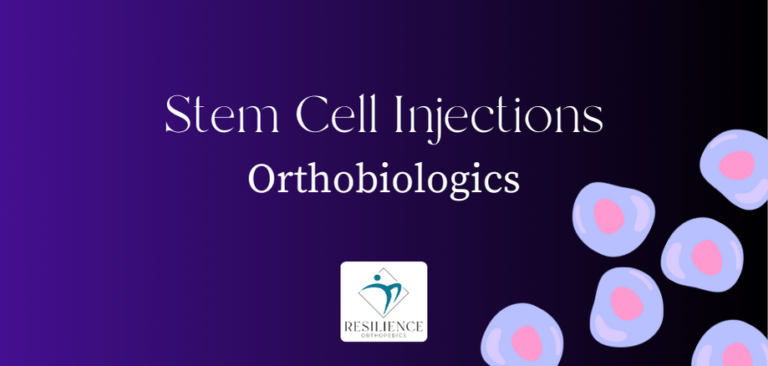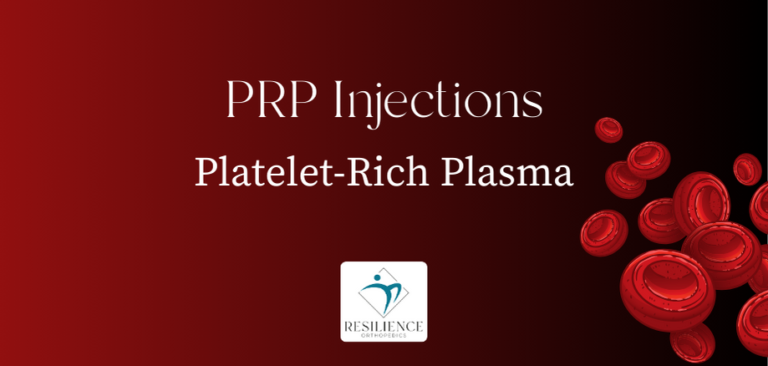Table of Contents
You probably heard about stem cell therapy on the news, or maybe read an article on the internet. Various types of treatments involve stem cells. This includes our use of stem cell injections in orthobiologics and regenerative medicine.
In this article, we’ll walk you through:
- What stem cells are
- How they work
- How we use them in orthobiologics
- The benefits of stem cell treatment
- Some commonly asked questions
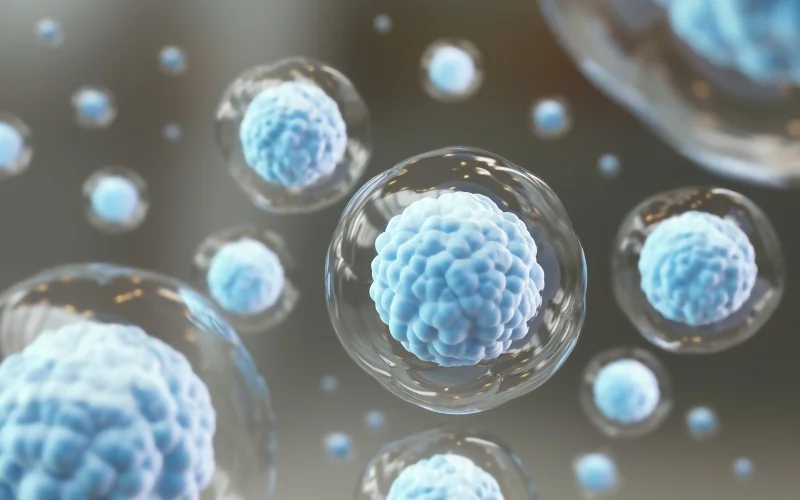
What Are Stem Cells?
You have many different kinds of cells in your body. Some are specialized cells, and some are considered “undifferentiated.”
Specialized cells have specific functions to do in your body. For example, cells in your pancreas need to help this organ produce insulin, in response to glucose in your body.
This second type of undifferentiated cell can become several different cell types once they “differentiate”. In their undifferentiated form, they don’t have any specific purpose except for their potential to become specialized cells. Essentially, they listen to your body’s signals and become whichever type of cell your body needs at the time.
Stem cells are a type of undifferentiated cell, so don’t yet have a specific function. They haven’t been differentiated yet, so you can think of them as “raw cells” – a clean canvas.
All cells in your body start this way. These stem cells have a unique ability to create what scientists call “daughter cells.” These new cells that they create can also be stem cells, but in many cases, the daughter cell is specialized.
Stem cell treatment is one of the regenerative medicine treatments we offer at our stem cell clinic in San Jose, alongside PRP. You should compare PRP vs Stem Cells to decide which treatment works better for you.
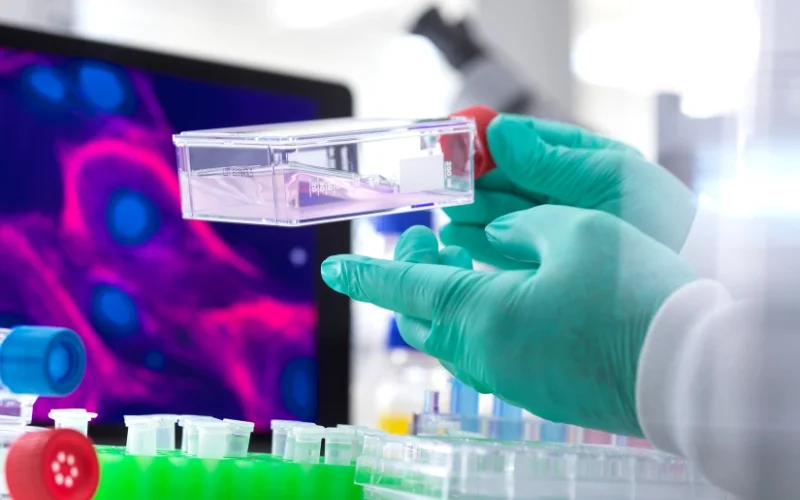
What is Stem Cell Treatment?
Stem cell treatment introduces some of these cells into your body. There are different ways in which these therapies can work. They are either derived from embryonic or adult stem cells. In some cases, perinatal stem cells are used.
This is a new and emerging treatment at the cutting edge of medicine. This means that stem cells aren’t usually covered by insurance. Instead, you will likely have to pay out-of-pocket for this advanced therapy.
The idea behind the use of this therapy is to help create new specialized cells in your body. It can be useful in cases where you don’t have enough specialized cells to perform specific functions.
One such example is in degenerative conditions such as osteoarthritis. In osteoarthritis, your cartilage is damaged and does not have enough stem cells to repair itself. By using stem cell injections, we can promote healing and regeneration in your arthritic joints.
Benefits of Stem Cell Injections
While stem cell injections are still an evolving treatment, many patients have seen a major benefit. We are going to take a closer look at some of the most important benefits that patients may experience when they decide to opt for these injections.
Helps You to Recover From Joint, Cartilage, and Ligament Injuries
Our our stem cell clinic, we use stem cells to help promote healing in muscle and joint conditions.
Injections deliver stem cells right to the injured site, be it worn cartilage in osteoarthritis, a torn ligament, or a degenerated disc. There, they can:
- Reduce inflammation by calming the body’s inflammatory response, easing pain and promoting healing.
- Stimulate cartilage growth and encourage natural repair, reducing stiffness and improving joint function.
- Strengthen ligaments and tendons by promoting collagen production to bolster weak ligaments and tendons, speeding up recovery and preventing reinjury.
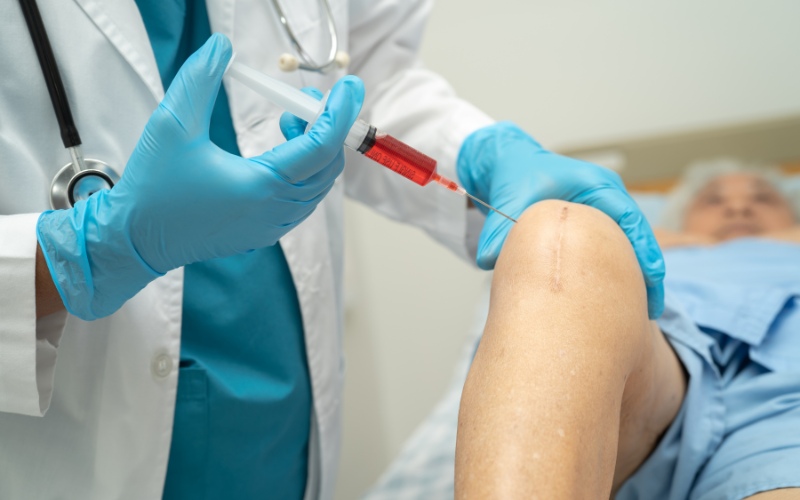
Improves Wound Healing
When you cut yourself, your immune system sends cells to help keep germs out and to start the healing process. Some people find that wounds take a long time to heal – which can increase the risk of infection and scars.
Stem cells are undifferentiated, as we’ve discussed. This means they can help to increase the production of collagen and skin tissue. In turn, this can help to speed up the wound healing process.
Researchers have even started to study the use of stem cells in dermal wound healing.
Helps with Autoimmune Conditions
There is also a lot of research on using stem cells in patients who have certain autoimmune conditions. These diseases cause your immune system to go awry – and, in the process, attack healthy tissue.
Some examples of these diseases include lupus and rheumatoid arthritis. Stem cells have the potential to help ease some of the symptoms linked to these diseases. There is also hope that stem cell therapy could slow the progression of autoimmune conditions.
Potential For Cardiovascular Conditions
Stem cells can also benefit your cardiovascular health. There is a lot of ongoing research on using these therapies to help with certain heart diseases.
Studies have taken a look at stem cell injections and treatments for both coronary artery disease and heart failure. One research paper explains that bone marrow stem cells seem to have a lot of potential in this area.
Book a Consultation with Dr. Pamela Mehta, MD
The Best Orthopedic Surgeon in San Jose
Dr. Mehta is a board-certified orthopedic surgeon who can help you recover from your joint condition. If you:
- Are Suffering From Pain and Mobility Issues
- Need Orthopedic Assessment and Advice
- Want Treatment From a Top Orthopedic Doctor
We Can Help
How Does Stem Cell Therapy Work?
There are different kinds of stem cell treatments, which we’ll discuss later. However, we’re going to consider a few basic elements that apply to these therapies. Knowing how the treatment works gives you a better idea of what you can expect.
In most cases, the idea is to use stem cells as a way to repair damaged tissue in your body.
The process starts with a few tests. This helps your doctor confirm the specific issue and its severity, and also determine if stem cell therapy is a potential treatment for you. When stem cells are collected, they can come either from you or a donor.
The cells are then conditioned in a laboratory before they are injected back into your body – a process that doctors and surgeons will usually refer to as transplanting.
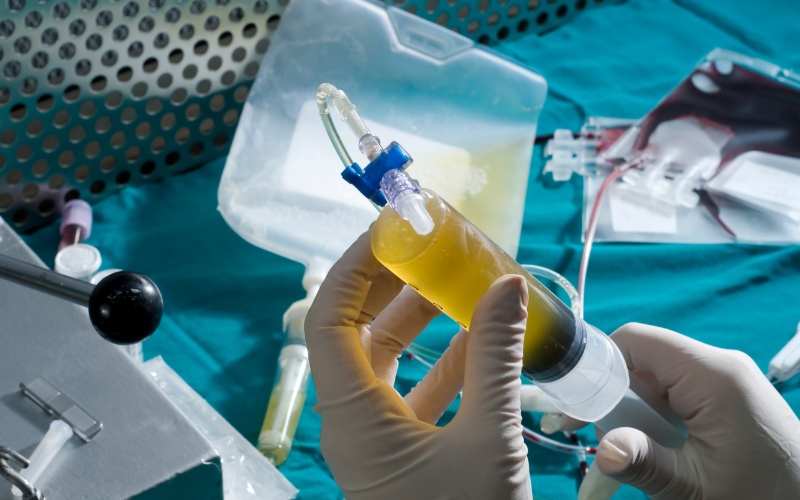
What Joint Conditions Can Stem Cells Treat?
Stem cell therapy has a few uses when it comes to joint-related conditions. It’s important to keep in mind the fact that this therapy helps to replace damaged cells in your body – so it holds potential in conditions that cause injury to:
- Cartilage
- Ligaments
- Muscles
- The joints themselves
In one study, researchers looked at the effectiveness of stem cell therapy for knee osteoarthritis. They concluded that it’s not only an effective treatment option, but also safe.
Another study considered the impact of stem cell therapy in patients with tennis elbow. The patients reported improvements in the performance and pain levels of their elbows. Structural defects also improved at a 12-month follow-up.
The treatment is useful for osteoarthritis not only in the knee but also in other areas of your body. It can also help with cartilage problems, sprains, and, tendonitis.
The stem cell injection procedure is quick, simple, and can be used on many joints including for:
It can also be used to treat many foot and podiatric conditions, such as plantar fasciitis and Achilles tendinitis.
In these conditions, you have damaged cells in the affected joints. By replacing them with new cells, stem cell therapy can significantly enhance the recovery and healing process. The therapy also leads to improvements in other symptoms, such as poor mobility, pain, and stiffness.
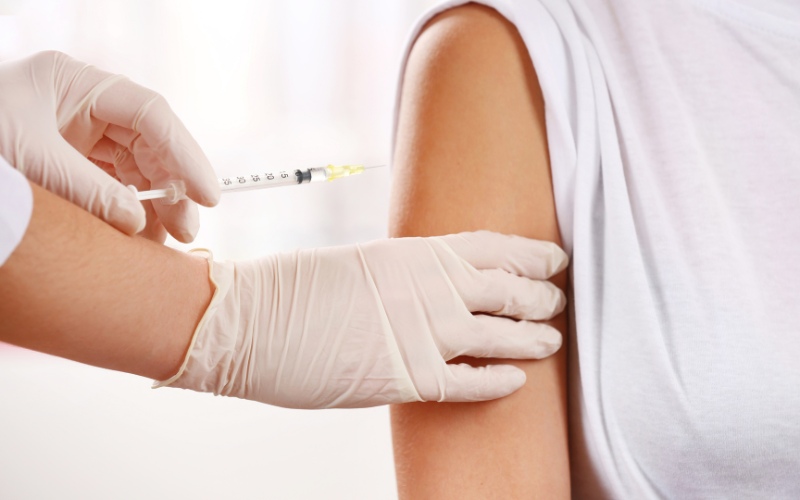
How Long Does It Take Stem Cells to Work?
We’re commonly asked how long stem cells take to work, and how long they last.
This isn’t a treatment that will give you immediate results. However, with some patience, the benefits of stem cell therapy can be significant over time. Most people report that it takes at least three weeks before they start to notice any improvements in their symptoms.
Ready to Recover?
Take the first step in getting back to your normal self, and book an appointment with Dr. Mehta today.
We’re ready when you are!
No fixed period will account for every person who decides to opt for this therapy. That’s because several factors can affect how long it takes stem cells to work.
For some patients, it can take longer than a few weeks. This depends on factors such as:
- The severity of your condition
- The condition we’re treating
- The type of stem cell treatment you’re opting for
All of these things can have an impact on what you can expect.
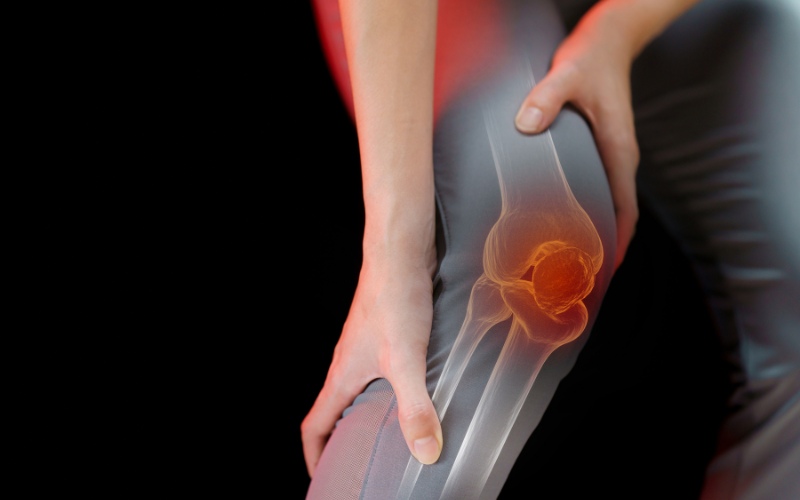
Types of Stem Cell Treatment
We are always trying to advance the types of treatment we offer at Resilience Orthopedics. As a cutting-edge treatment, we try to stay on top of innovations in stem cell therapy.
In general, there are two broad categories of cells used in stem cell treatment:
- Autologous Stem Cells. These cells come from your own body, taken from an area where you have plenty of these cells and injected into an area you don’t. This is also called an “autograft” stem cell treatment.
- Allogenic Stem Cells. These are cells that were donated by another person. The donor can be a family member, an acquaintance, or someone you don’t know. This is also sometimes called an “allograft” stem cell treatment.
You can also break down stem cell treatments into types based on where these cells are taken from. They can be “harvested” from:
- Adipose (fat) tissue
- Adult blood
- Umbilical cord blood
- Bone marrow
We use a few different formulations of stem cells at Resilience Orthopedics:
Lipogems®
We will sometimes use Lipogems® FDA-cleared stem cell treatment. Lipogems® is a type of “autograft” stem cell treatment. This means it uses your own stem cells, taken from your adipose tissue (fat cells). Your treatment will be administered by Dr. Pamela Mehta, an expert in regenerative medicine.
The procedure involves “harvesting” cells from your body, usually areas such as your abdomen or thigh. This is a simple minimally invasive procedure using a local anesthetic.
These fat stem cells have natural healing properties which help to:
- Repair damaged tissue
- Speed up the healing process
- Reduce scarring.
The Lipogem procedure is quick and causes minimal discomfort.
Treatment with Lipogems® is a good alternative treatment for joint pain and chronic joint conditions. By choosing a stem cell treatment, you may be able to delay joint replacement and potentially avoid surgery. When you book an appointment with Resilience Orthopedics, Dr. Mehta will talk you through the benefits of each regenerative medicine therapy.
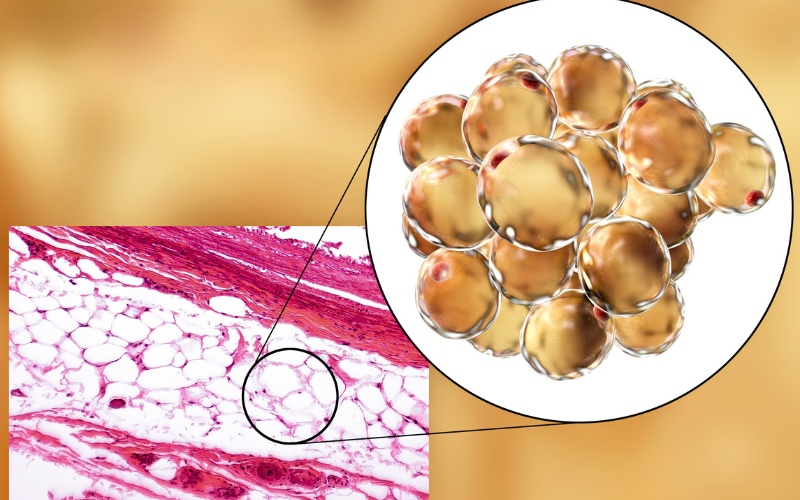
Clarix FLO®
Clarix FLO® is a type of “allograft” stem cell treatment – meaning it comes from stem cells not taken from your own body. This treatment can be used to :
- Ease pain
- Reduce scar tissue formation
- Enhance joint healing.
Clarix FLO® is an injectable form of umbilical stem cells that promotes joint healing. It contains many growth factors – natural proteins that change how your body responds to injury and inflammation.
When your joint is injured it becomes inflamed, which leads to pain and difficulty moving. Clarix FLO® can help to reduce your inflammation and stimulate your body’s healing response. This eases your pain and improves how quickly your joint recovers.
When you book an appointment with us, Dr. Mehta will discuss Clarix FLO® with you. She will help you to decide whether a regenerative medicine treatment could help you treat your joint injury.

Amniofix®
Amniofix® is another type of allograft stem cell treatment. This means it comes from stem cells provided by tissue donors. AmnioFix® contains natural growth factors that help your body to heal from bone, muscle, and joint injuries. These growth factors reduce inflammation from your injury and reduce scar formation.
This regenerative medicine technique can help to delay joint replacement and ease symptoms. The procedure is quick and does not cause much discomfort.
Stem cell treatments can be administered at our stem cell clinic in San Jose and is a good choice if:
- Conservative treatments such as cortisone or hyaluronic acid injections have not been successful
- You want to delay or potentially avoid surgery
Stem cell treatment can also accelerate tissue healing to cut overall recovery time.
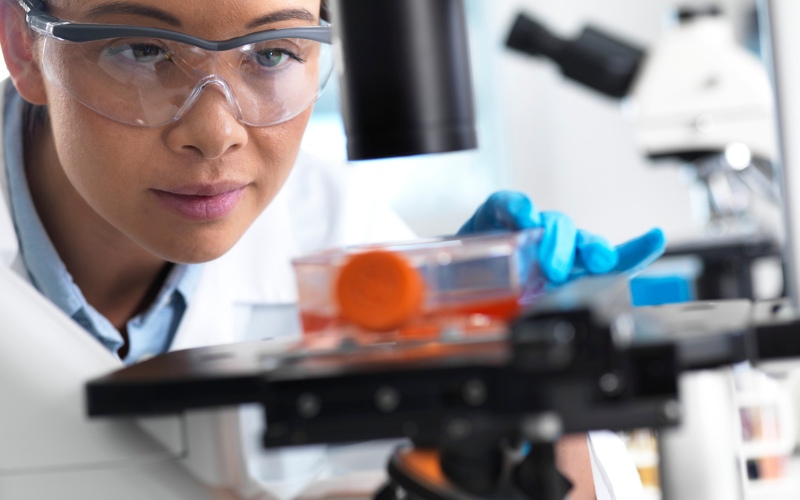
How Long Does Stem Cell Therapy Last?
There’s no fixed period during which stem cell therapy will last. Each individual will experience this differently.
Some people may find that this therapy works for a long period, whereas others may need to look for further treatment after a couple of months.
Understanding what factors affect the duration for which stem cell therapy will last can be helpful. This will give you a better idea of what you can expect.
First, it’s important to understand what you’re treating with this therapy. Some conditions are harder to treat, while others respond better to treatment that uses stem cells.
You’ll also have to take the severity of the condition into account. It will generally be easier to treat a condition that’s detected at an early stage, compared to using stem cells for a more advanced stage of disease.
Apart from these, the type of stem cell therapy and the specific methods used will also come into play when trying to determine how long treatment will last.
You also have to consider the fact that people respond differently to these treatments based on their age and medical history.
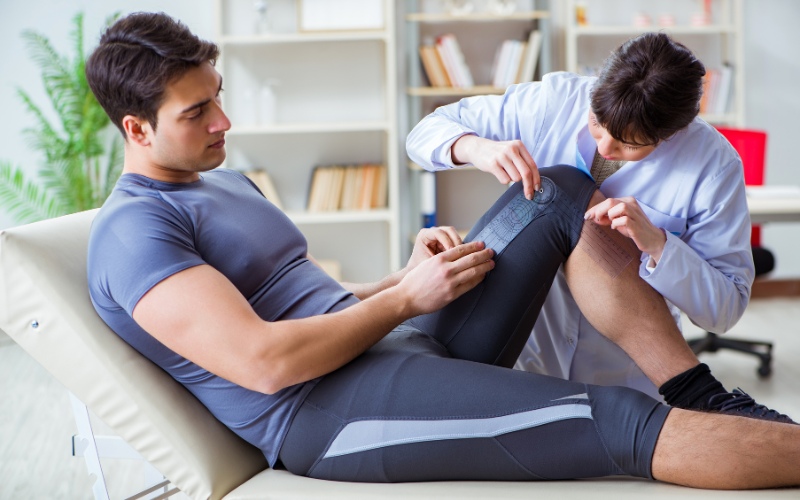
What if I Get Worse Pain After Stem Cell Therapy?
If you have worse pain after stem cell injection, you may feel concerned. Stem cell therapy can sometimes cause side effects, and it may not work for everyone.
If you find that you feel worse after the therapy, then it’s important to contact Dr. Mehta’s office. Our staff can arrange an appointment to get you re-examined, in which case we can look for signs that your existing condition is worsening.
It’s also important to understand that stem cell therapy takes at least three weeks to start working. If the pain gets worse at this time, you should still get in touch to ensure any potential problems are detected and addressed early.
There are some alternatives that we can explore when stem cell therapy doesn’t seem to be working for you. Physical therapy can help with recovery and to manage pain. Other options include PRP and the use of cortisone injections to help bring inflammation under control.
We’ll always work with you on a personalized plan to ensure your needs are addressed. This way, we can effectively monitor your stem cell injection and how it works for you, and understand when alternatives will be the better choice.
